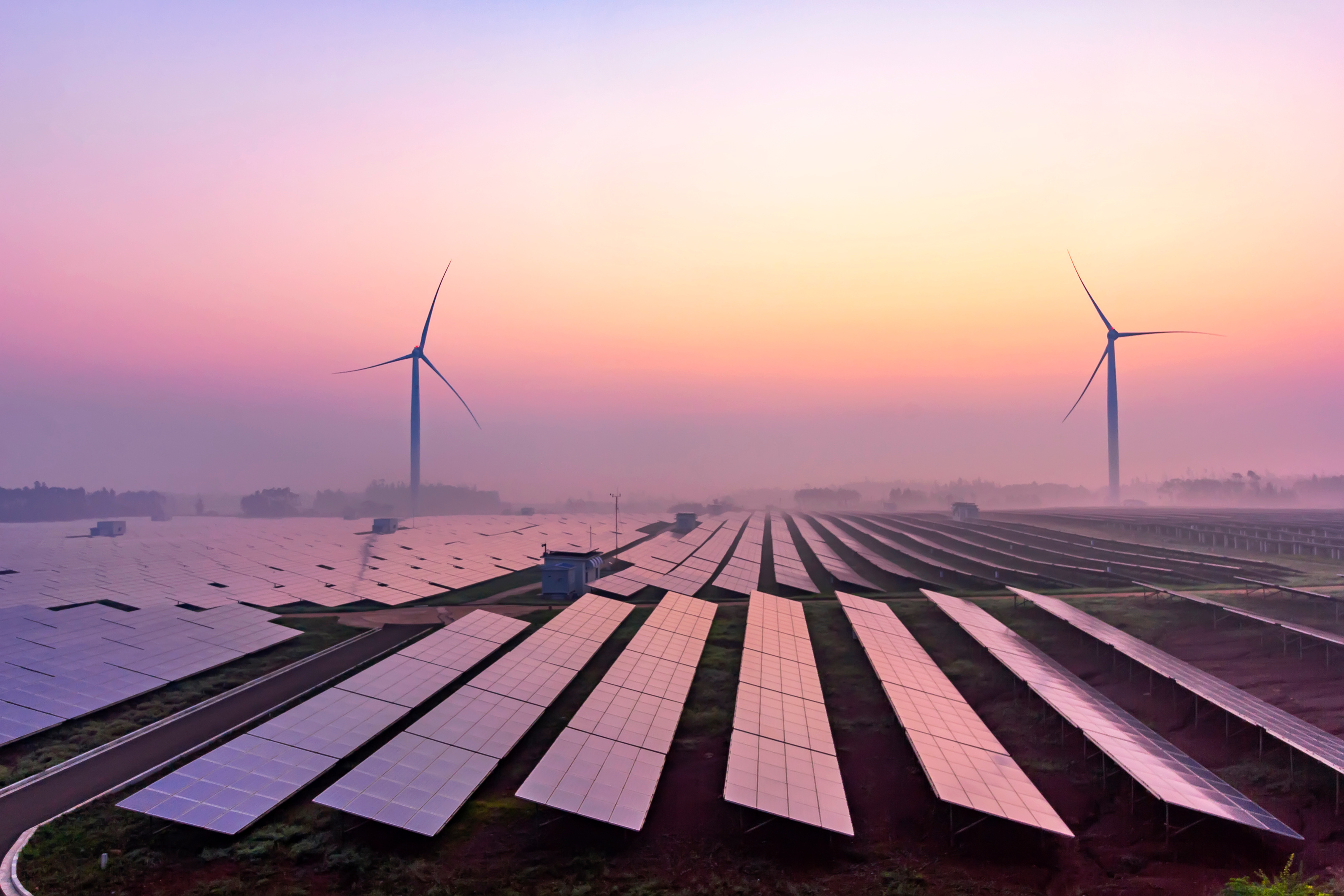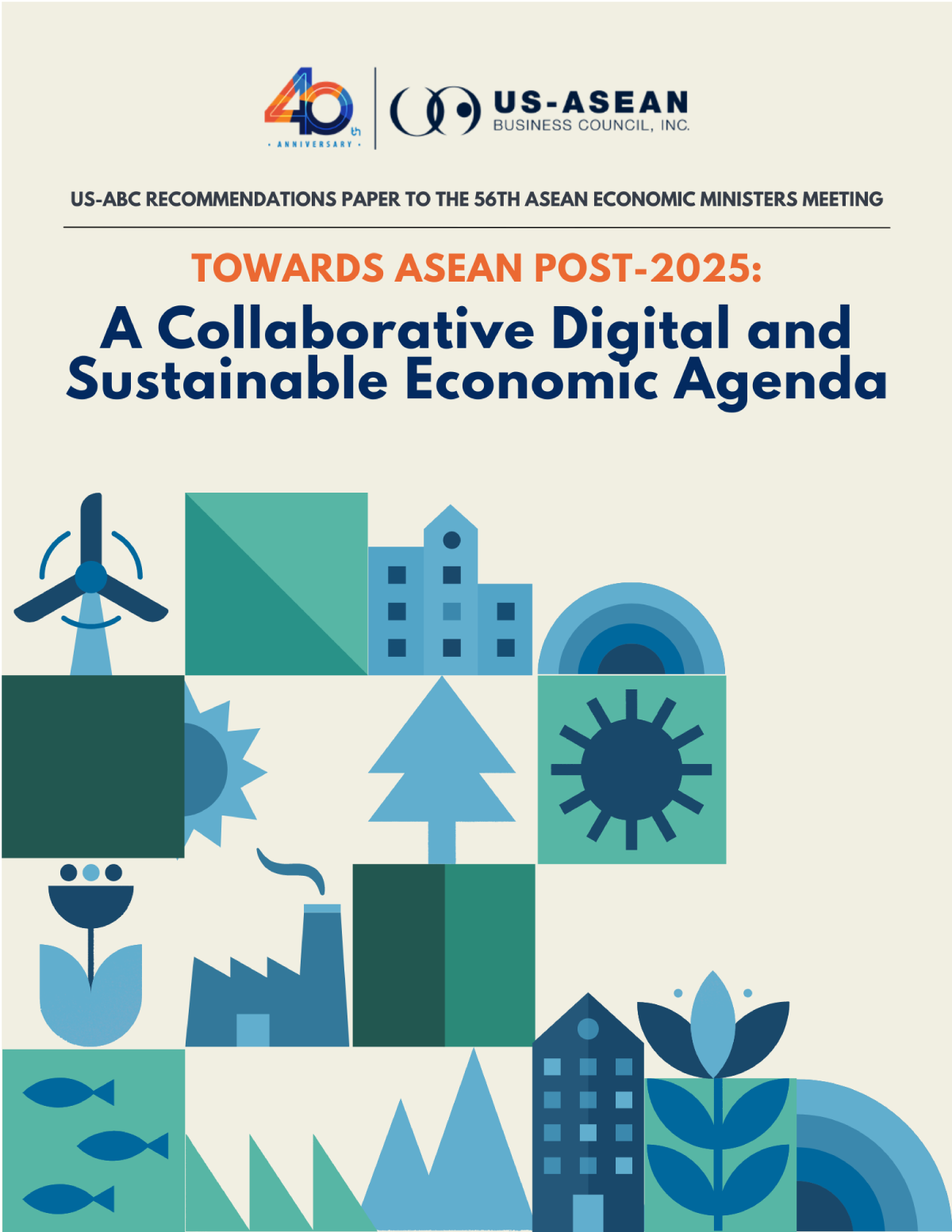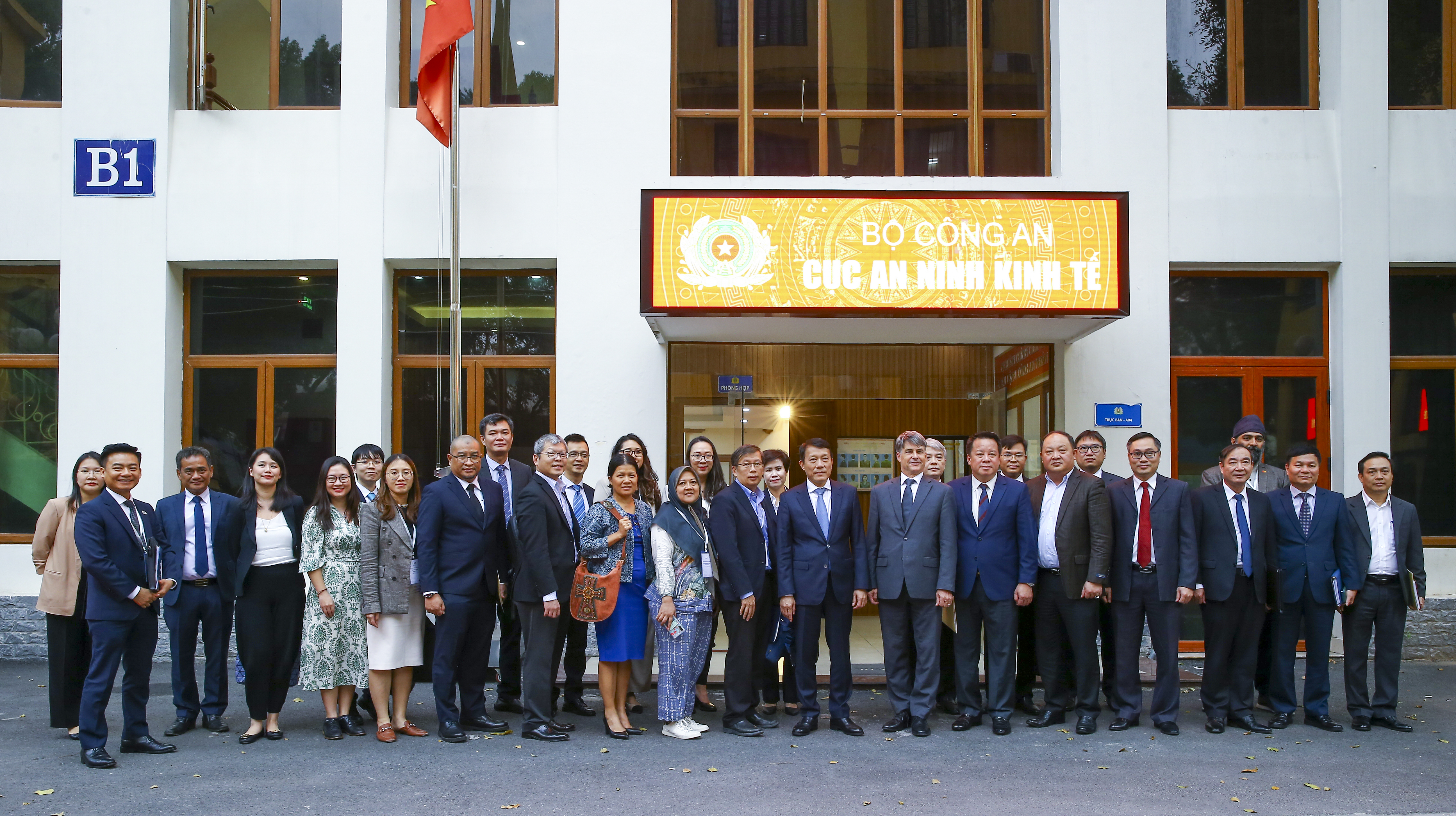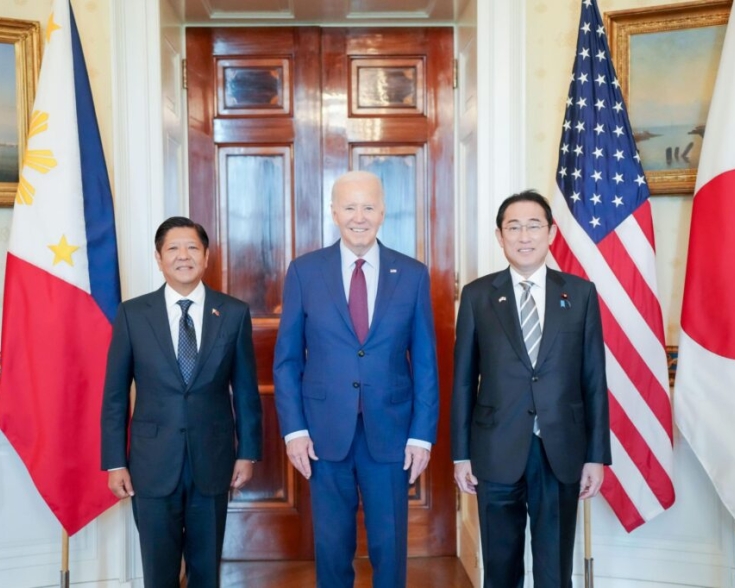Offshore Renewables and ASEAN’s “Floating Market”

Thanks to an abundance of prospective capacity, environmental domestic policies, and investment from energy developers abroad, solar and wind power generation collectively increased by 20% across ASEAN in 2023. Such technologies presently comprise just under 10% of the bloc’s overall energy portfolio. Yet progressive energy-transition agendas in Vietnam and the Philippines in particular are on track to hit ASEAN’s target of 35% renewable by 2025 with the inclusion of hydropower.
A large portion of this growth can be attributed to offshore solar and wind farms and the proliferation of such technologies. 2 GW (gigawatts) out of ASEAN's 9 GW of wind power is produced via offshore facilities, as is a significant portion of the region’s solar, but these quantities fade in comparison to the total energy potential of the “floating market” in a land-lacking Southeast Asia.
Looking ahead, The Philippines’ Green Energy Auction Program and Vietnam's Just Energy Transition Partnership intend to attract foreign investment in offshore renewables technologies. Although Indonesia currently hosts ASEAN’s largest offshore solar plant at 192 MW (megawatts), Vietnam and the Philippines’ seas and lakes host exponentially larger untapped capacity. The Department of Energy Philippines Undersecretary Rowena Cristina Guevara cites a study that reveals 178 GW of offshore wind capacity in her nation alone. So, with transnational efforts, development of offshore renewables, and continued foreign energy investment, ASEAN’s 2025 renewable energy benchmark should be within reach.


![Cover-[USABC-Final]-Driving-ASEAN-Unity-Malaysia's-Vision-for-2025](/sites/default/files/2025-07/Cover-%5BUSABC-Final%5D-Driving-ASEAN-Unity-Malaysia%27s-Vision-for-2025.jpg)





